The Last Partnership Meeting in the CANOPY Project
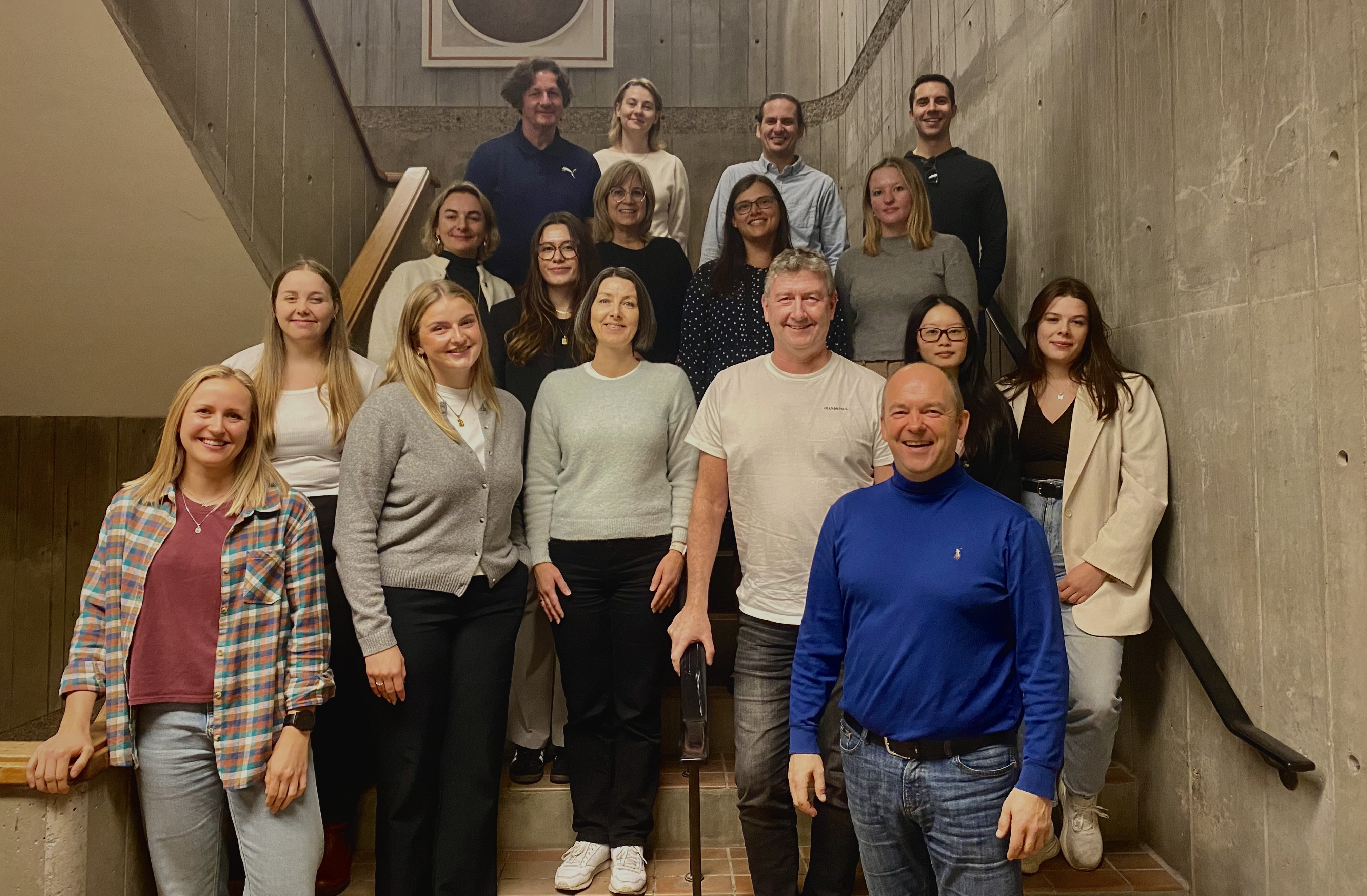
“I quickly realized that things felt very natural – it was like old friends being reunited” – Marissa Little, Con Ed. Queen’s University
In early November 2024, the last partnership meeting in the CANOPY project was held at Queen’s University in Kingston, Canada. It consisted of the focus on research, applications, writing, presentations and school visits. The student members were invited to write an article for the Add*Ed magazine, while the rest of the members focused on research applications, plans towards research and writing, and continued collaborations beyond the CANOPY project.
Presentations
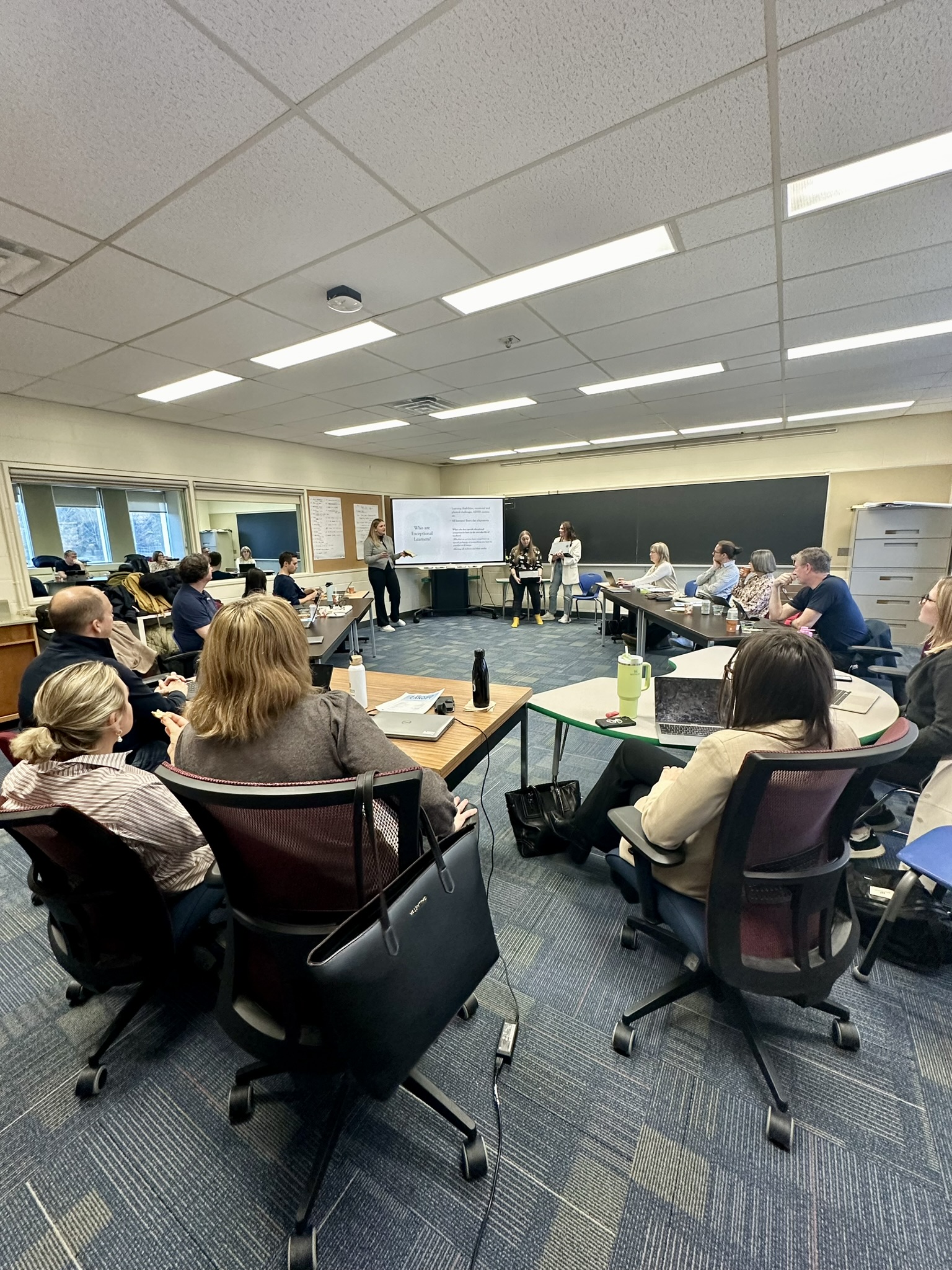 The three Norwegian students presented their experiences and perspectives as students in the teacher education program at Nord. They presented a survey of the overall satisfaction with the program, which they conducted among their own schoolmates. Each of the students also presented an individual segmented, where Anna talked about outdoor education, Charlotte about ADHD and Sara-Elise about motivation in the teacher education program. Liz Arminen found it very interesting learning about this and stated that it allowed for some very interesting comparisons and contrasts between the programs at Queen’s and Nord. The presentation left the group with a stronger understanding of the education they had received to that point.
The three Norwegian students presented their experiences and perspectives as students in the teacher education program at Nord. They presented a survey of the overall satisfaction with the program, which they conducted among their own schoolmates. Each of the students also presented an individual segmented, where Anna talked about outdoor education, Charlotte about ADHD and Sara-Elise about motivation in the teacher education program. Liz Arminen found it very interesting learning about this and stated that it allowed for some very interesting comparisons and contrasts between the programs at Queen’s and Nord. The presentation left the group with a stronger understanding of the education they had received to that point.
Katrine Lekang presented how they work with inclusion at Bankgata. Ian stated that it was a refresher on how exceptional learners are considered in Norway, and that it re-introduced the idea of comparisons between the two countries. Katrines’ definition of inclusion really stuck out to Liz and it was something she would think about every day as an educator. It’s important to understand how teachers work hard to support exceptional learners and Katrine’s case study helped thinking of ideas of how Liz can support her future students. Katrines’ criteria for measuring the success of an inclusive classroom for exceptional learners “a sense of belonging and a sense of achievement” was pointed out as appreciated. Charlotte stated that the presentation gave her inspiration to how she wants her teacher practice to be.
School visits
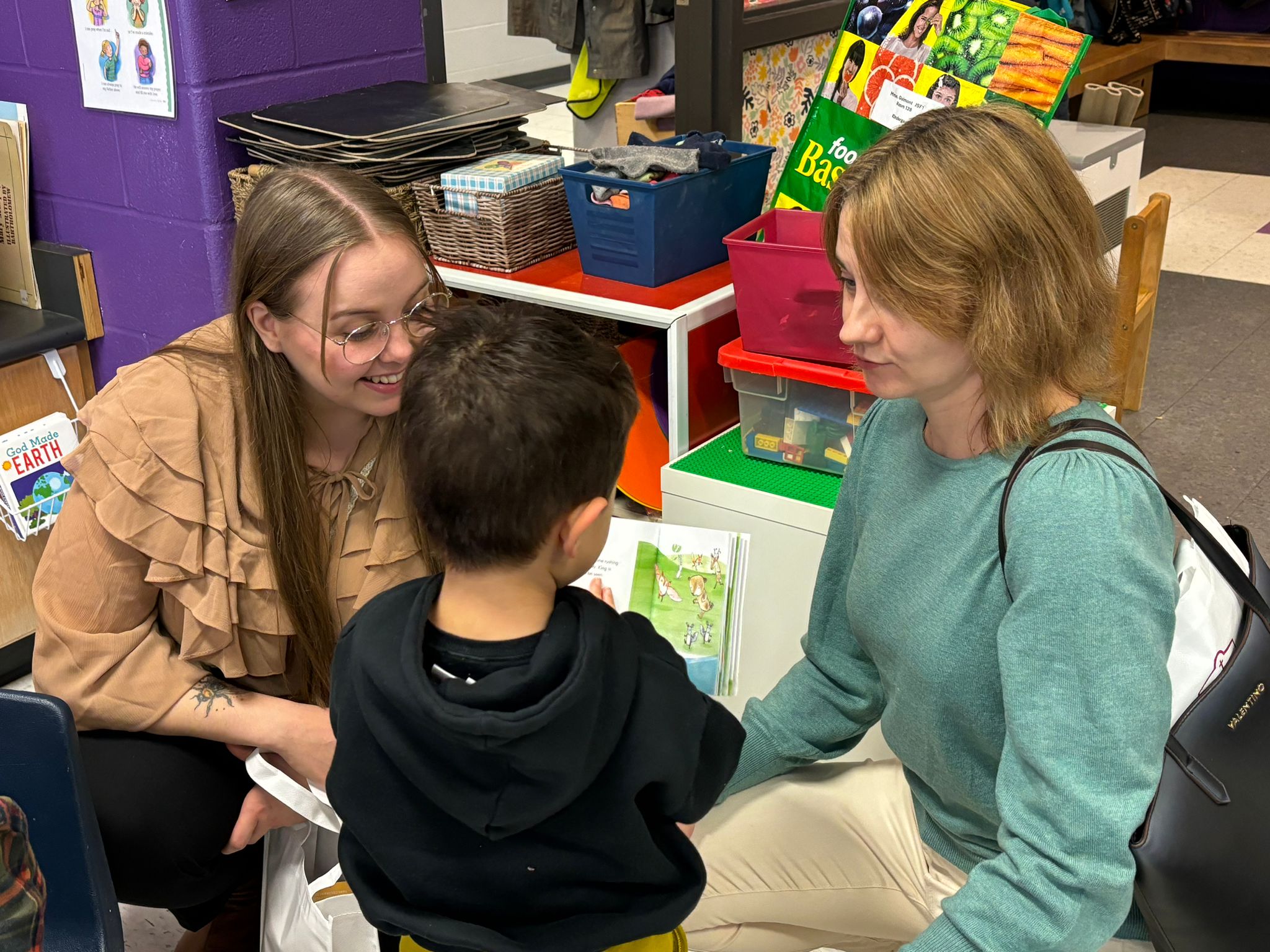 During the week in Canada, the group visited three schools – one in Kingston and two in Belleville. Sagonaska demonstrations school in Belleville left quite the impression on the CANOPY members. The students attending this school are enrolled for one to two years, focusing on improving their reading and writing skills. Chelsea Lam felt observing their (the teachers at Sagonaska) focus on reconfiguring students’ literacy patterns through smaller class sizes and their strict adherence to the EMPOWER program to be truly compelling.
During the week in Canada, the group visited three schools – one in Kingston and two in Belleville. Sagonaska demonstrations school in Belleville left quite the impression on the CANOPY members. The students attending this school are enrolled for one to two years, focusing on improving their reading and writing skills. Chelsea Lam felt observing their (the teachers at Sagonaska) focus on reconfiguring students’ literacy patterns through smaller class sizes and their strict adherence to the EMPOWER program to be truly compelling.
Sagonaska has a lodging program which applies to all students, no matter how close they live to the school. Although this lodging program was a surprise for some of the CANOPY members, some also found the program particularly enlightening, as it fosters self-efficacy and independence – skills that play a vital role in helping students transitioning back home after their time at the school.
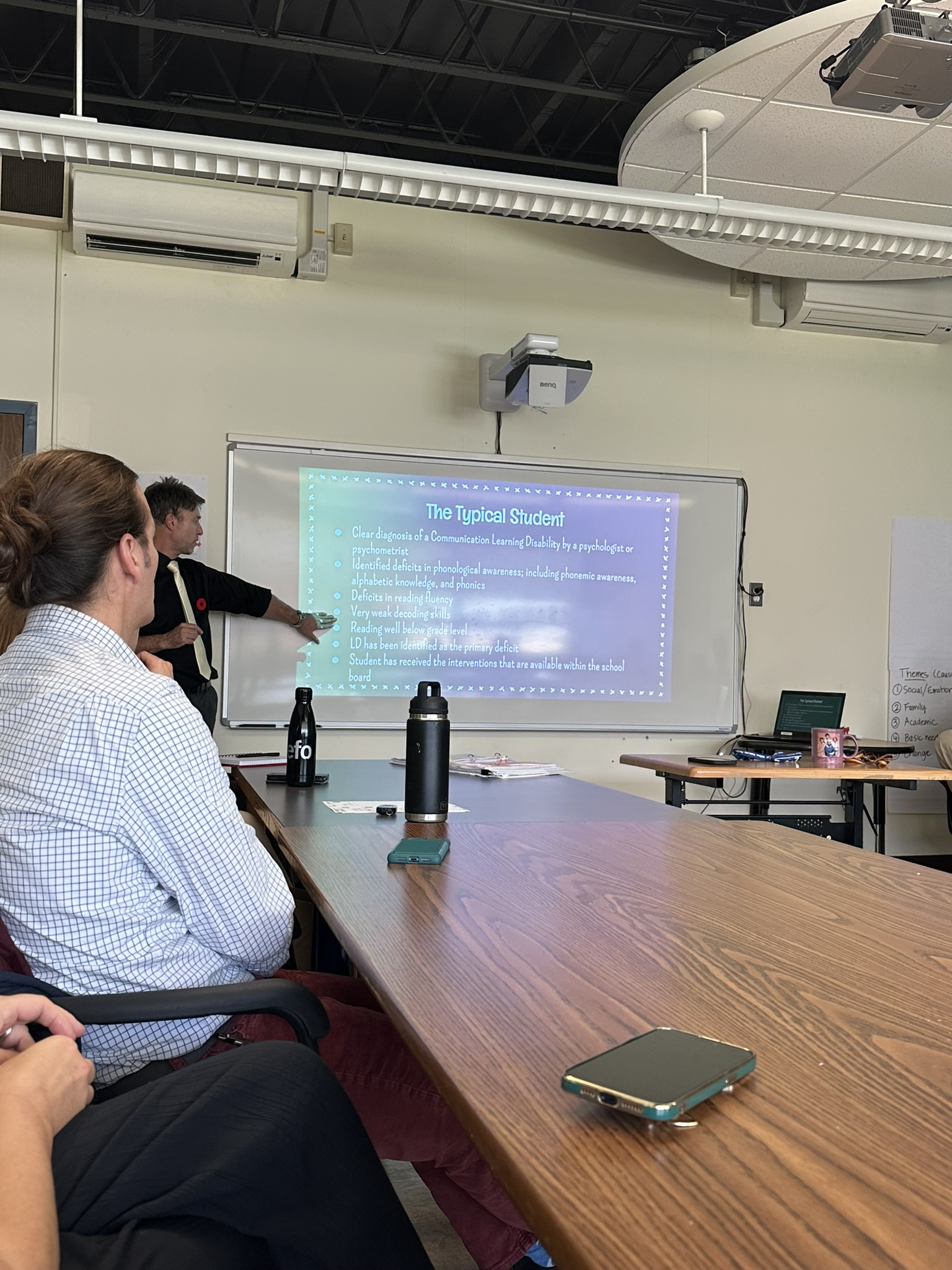 At the end of the visit, the group met with some of the students in a panel discussion. During this discussion, the students openly talked about their experiences attending Sagonaska and living away from a young age. They were all very well-spoken, honest, and confident despite speaking in front of a large group. One comment from a student stuck with several in the CANOPY group: “Now I only dread starting school because of the usual things, like being new and worrying about the same things as my peers”. Katine Lekang left the school visit thinking that teachers should have the resources and knowledge the teachers have at Sagonaska to help kids in their home schools
At the end of the visit, the group met with some of the students in a panel discussion. During this discussion, the students openly talked about their experiences attending Sagonaska and living away from a young age. They were all very well-spoken, honest, and confident despite speaking in front of a large group. One comment from a student stuck with several in the CANOPY group: “Now I only dread starting school because of the usual things, like being new and worrying about the same things as my peers”. Katine Lekang left the school visit thinking that teachers should have the resources and knowledge the teachers have at Sagonaska to help kids in their home schools
“The fact that the environment was adapted to allow them to be restless, with chairs, small toys, and similar tools, stood out to me. They had created a supportive environment where students were encouraged to understand what they needed to work on and figure out the methods that suited them best” – Anna Heimsbakk, MAGLU, Nord University
“The Sagonaska school visit was very inspiring and intriguing. For me it showed how I can utilize and contextualize the knowledge I got from my first year, when we were taught grammar, in the classroom. We are not taught how to teach, only what to teach. Here I got inspiration to how I can explain the different phonics to my pupils, young and old” – Charlotte Opdahl, MAGLU, Nord University
“The teachers and students made such an impression on me, also how their connection was both professional and personal at the same time. I can see how such a school can make a difference” – Katrine Lekang, teacher at Bankgata Middle School
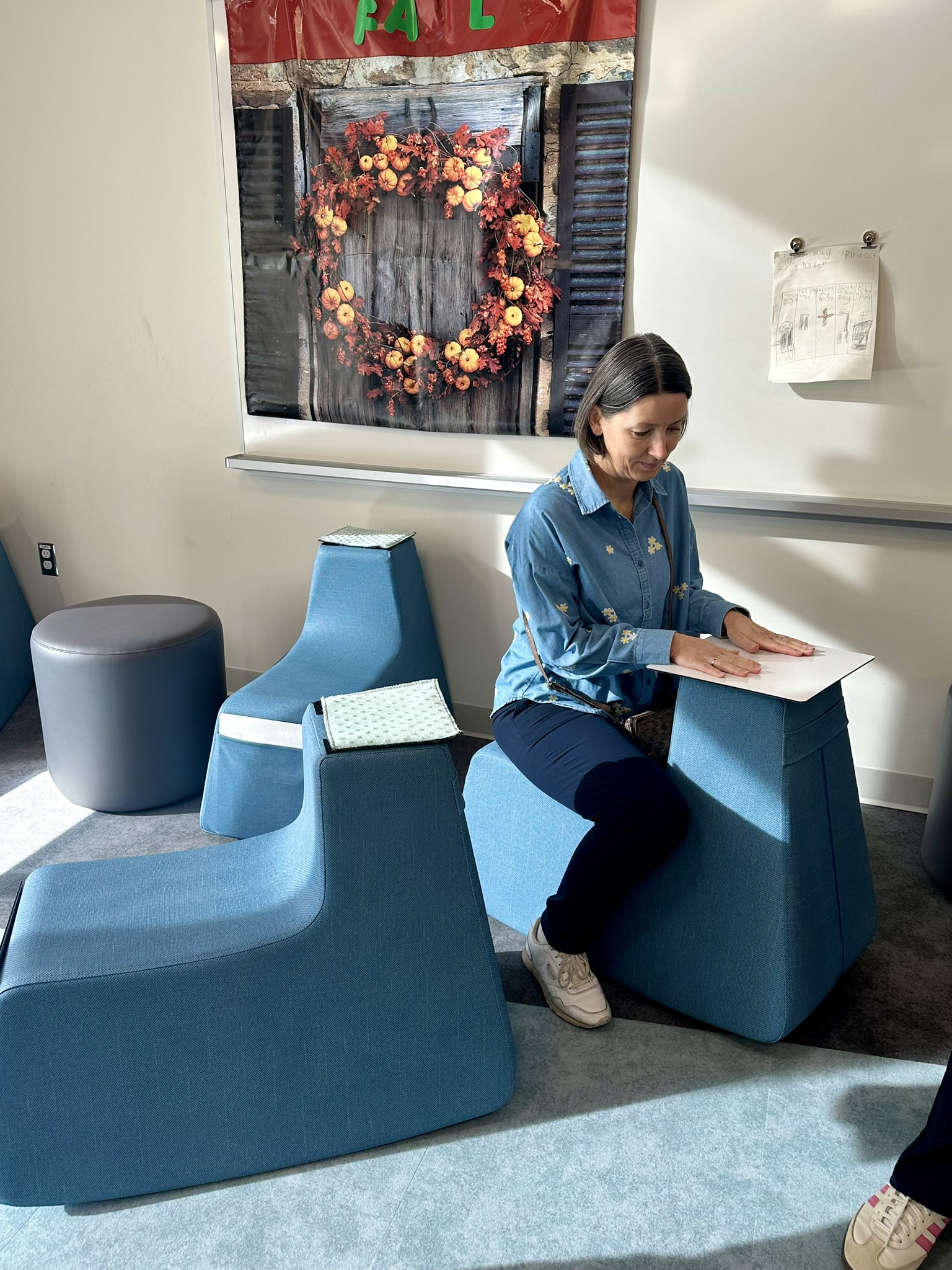 The visit to St. Michael in Belleville and St. Genevieve, both catholic schools, was both different and similar at the same time. St. Genevieve is a brand-new school, with other organizational possibilities than St. Michael, which is located in an old building and experienced some restrictions by the layout of the school working with Universal Design for Learning (UDL). The group could clearly see that St. Genevieve was well planned, had a thoughtful design allowing for a flexible teaching environment and that it was designed for the benefit of the students. The flexible seating, natural light, open spaces, “garage door” walls allowing for flexible sized rooms and so many more aspects of the schools were well thought out and is was clear that the teachers and students used the space in so many different ways. The bright and spacious learning spaces were impressive- Katrine particularly liked how the students could choose where to work, where to sit, and where to write. Marina Prilutskaya stated that the school visits provided a new perspective on the variety of approaches to including exceptional learners.
The visit to St. Michael in Belleville and St. Genevieve, both catholic schools, was both different and similar at the same time. St. Genevieve is a brand-new school, with other organizational possibilities than St. Michael, which is located in an old building and experienced some restrictions by the layout of the school working with Universal Design for Learning (UDL). The group could clearly see that St. Genevieve was well planned, had a thoughtful design allowing for a flexible teaching environment and that it was designed for the benefit of the students. The flexible seating, natural light, open spaces, “garage door” walls allowing for flexible sized rooms and so many more aspects of the schools were well thought out and is was clear that the teachers and students used the space in so many different ways. The bright and spacious learning spaces were impressive- Katrine particularly liked how the students could choose where to work, where to sit, and where to write. Marina Prilutskaya stated that the school visits provided a new perspective on the variety of approaches to including exceptional learners.
“St. Genevieve was one of the nicest schools I’ve ever seen. The environment felt so warm and welcoming the moment I entered the school” – Liz Arminen, Con Ed, Queen’s University
“The fact that it was an open-concept school, with sliding doors to the classrooms and visibility throughout, stood out to me. I also really appreciated all the seating options and how it was set up to accommodate different ways of sitting. I believe this is something many students could benefit from having access to” – Anna Heimsbakk, MAGLU, Nord University
“It makes me optimistic about the future of the Canadian school system and how such thoughtful designs can create more equitable learning environments for all students” – Chelsea Lam, Con Ed, Queen’s University
Research collaborations
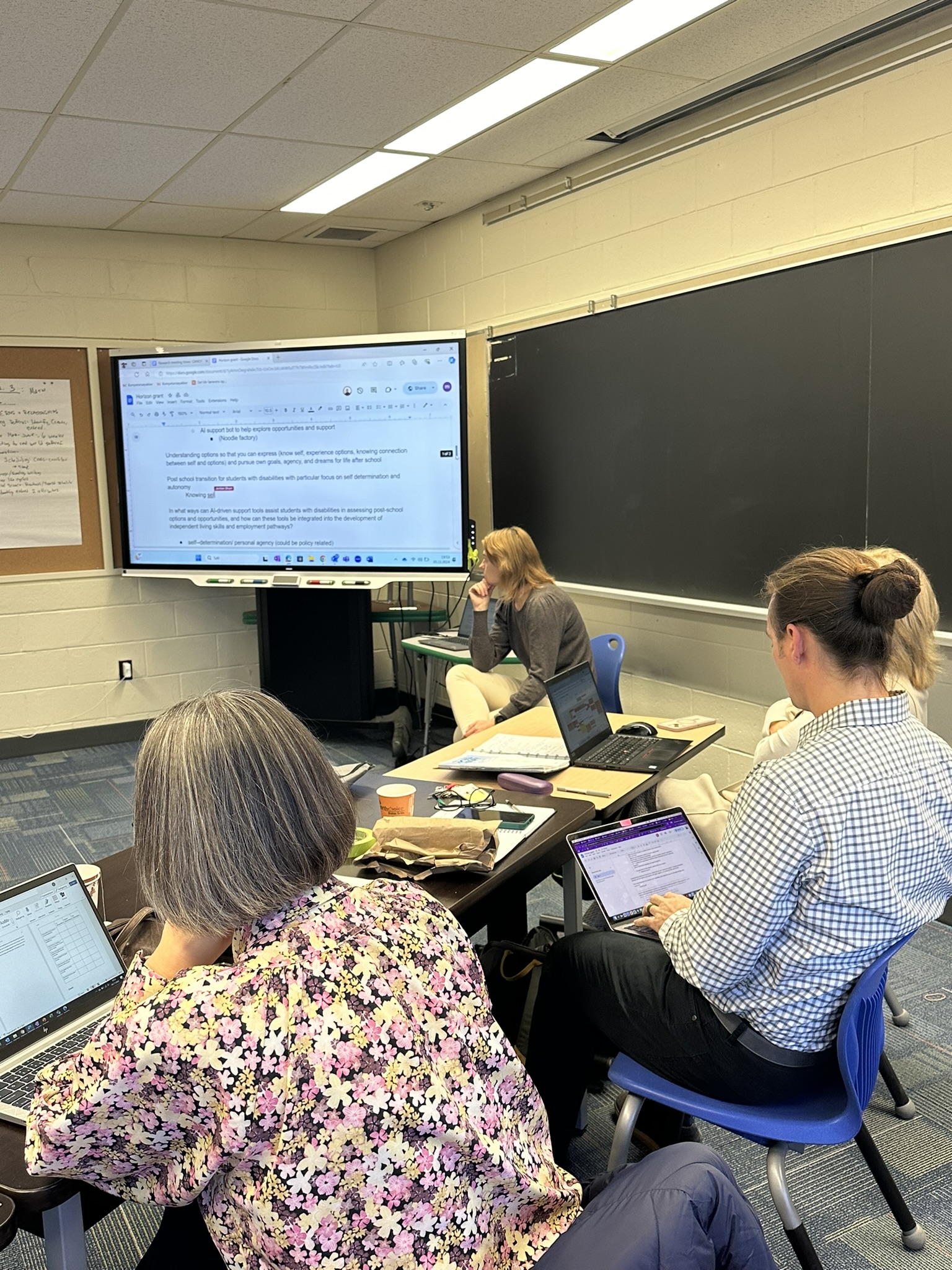 The researchers were allocated a lot of time to focus, plan and discuss future collaborations. Therefore, the group was divided into two and the students were given a separate research task. More about the student task below.
The researchers were allocated a lot of time to focus, plan and discuss future collaborations. Therefore, the group was divided into two and the students were given a separate research task. More about the student task below.
The initial planning session set the tone for the week. The focus was on the horizon grant, and that gave the researchers a clear goal to work towards. Bent Cato pointed out that it was particularly good to set goals for possible research collaborations and planning for funding for future collaborations.
“Being able to engage in thorough discussions of the research topics for a couple of hours, uninterrupted, felt like a luxury” – Marina Prilutskaya, Head of Division, Nord University
Article for the Add*Ed magazine
Jordan Shurr is the Director and Editor of the Add*Ed Research Group and Magazine at Queen’s University. The students in this year’s project team were offered the chance to write an article for this magazine, on a topic chosen by them. The students found it useful to sit together and discuss and agree on a topic. It also allowed for reflections regarding the teacher’s role they soon will step into. It not only provided them with new perspectives, but also a sense of community and collaboration, which Anna believes is essential in the teaching profession. Such discussions are relevant and help foster deep engagement among students, which is an essential skill for a teacher.
“The experience of the day and the project has made me think more about how I can create an inclusive and engaging learning environment where students are encouraged to share their thoughts and learn from each other” – Anna Heimsbakk, MAGLU, Nord University
“I also really appreciated having the opportunity to meet with all of the students and have an open discussion. It was really insightful and was great to converse with them in a professional setting” – Marissa Little, Con Ed, Queen’s University
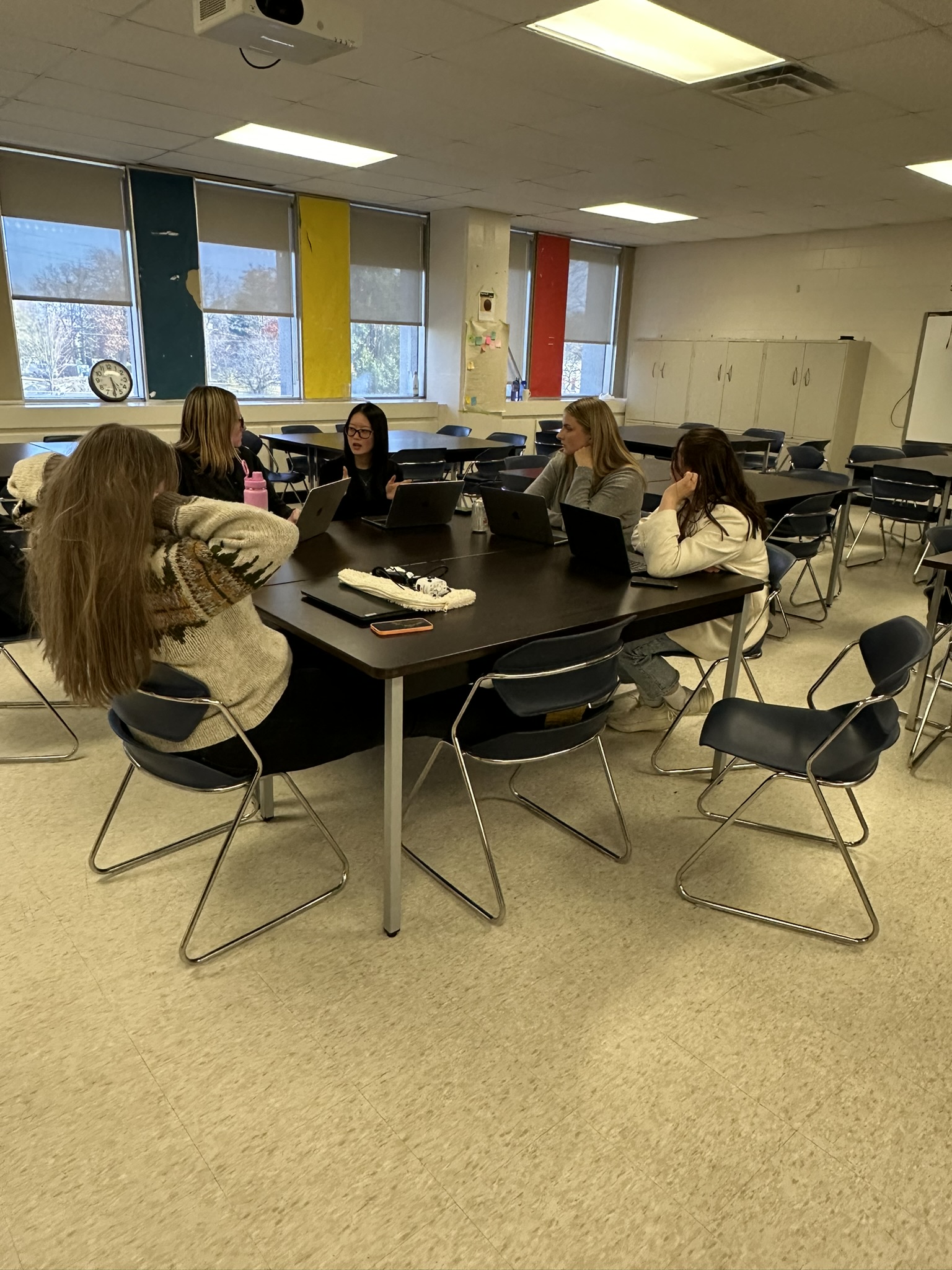 The students enjoyed the research discussions with their co-students and were inspired throughout the week about the topic. Marissa was inspired by the school visits to Alberthaugen in Bodø and Sagonaska in Belleville and proposed to compare the two schools for a case study for the publication.
The students enjoyed the research discussions with their co-students and were inspired throughout the week about the topic. Marissa was inspired by the school visits to Alberthaugen in Bodø and Sagonaska in Belleville and proposed to compare the two schools for a case study for the publication.
“Being able to work alongside other intelligent, passionate, and kind-hearted people has been amazing and I have learnt so much from their perspectives and experiences as teacher education students” – Liz Arminen, Con Ed, Queen’s University
Liz pointed out that working alongside the other students to produce an article together was an amazing experience. The students had so many different ideas and points of discussion which made it difficult to narrow down what they wanted to focus on. They have learnt so much during the discussions and the two weeks in Norway and Canada, and wanted to be able to share everything!
After saying their goodbyes in Kingston, the students will continue their collaboration as they write the article, which they are looking forward doing.
Discussions
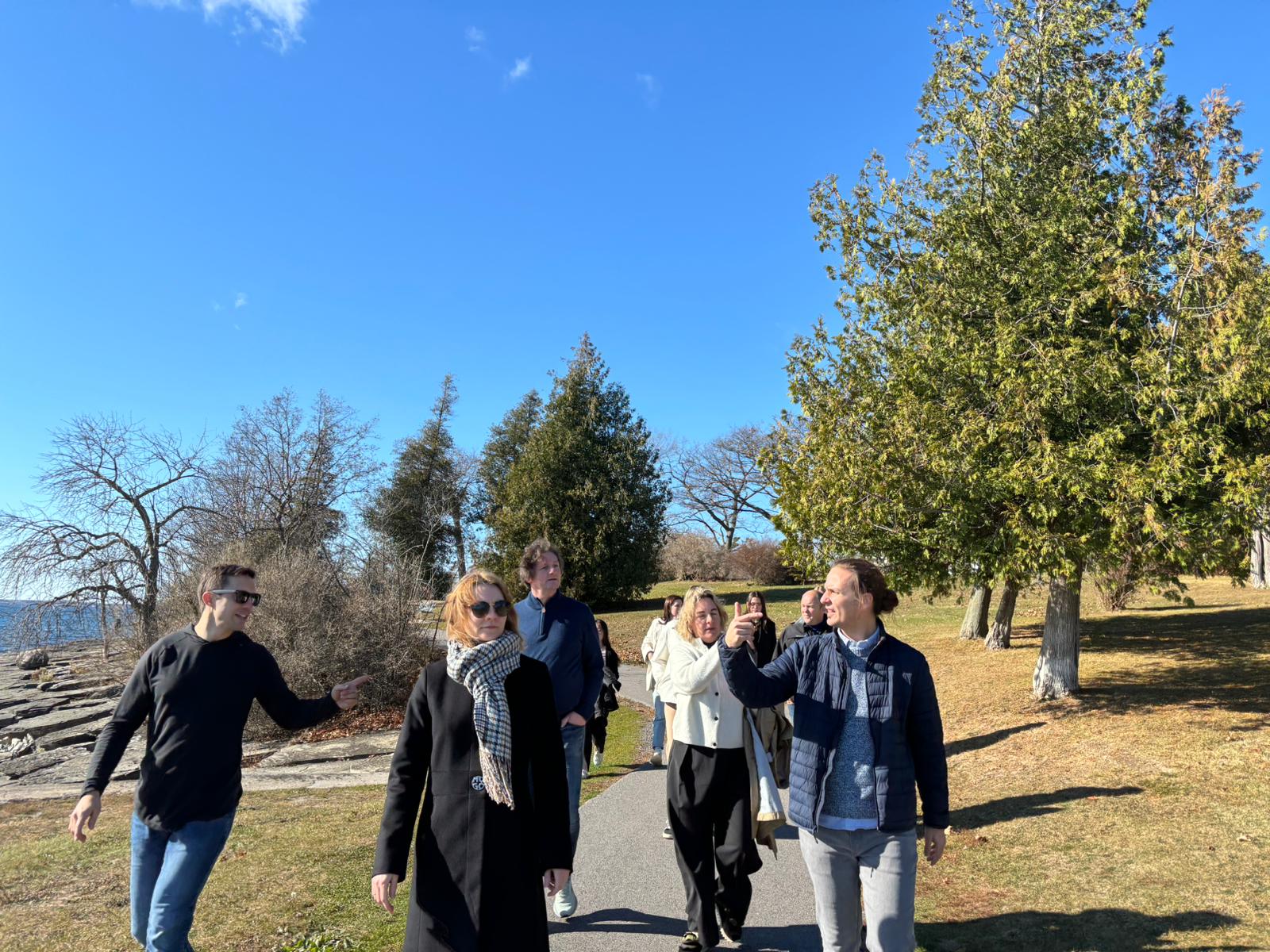 During the week, multiple fruitful discussions took place. After each presentation, during coffee breaks and especially after the debrief on Thursday about the school visits on Wednesday. Bent Cato conducted an interesting debrief and compared the school visits in Canada with the Norwegian context. He brough up the Norwegian system of a monthly intensive program, making Sagonaska’s 10-month program seem much more extensive in contrast. Additionally, the lodging program at Sagonaska is quite unique. Natallia questioned whether the situation could truly be considered inclusive, as students have the opportunity to attend Sagonaska. She also raised the critical question of whether Sagonaska represents a failure of the broader school system. Her comments and questions were both fascinating and thought-provoking, and together with other comments and thought, the session evolved into a rather comprehensive discussion.
During the week, multiple fruitful discussions took place. After each presentation, during coffee breaks and especially after the debrief on Thursday about the school visits on Wednesday. Bent Cato conducted an interesting debrief and compared the school visits in Canada with the Norwegian context. He brough up the Norwegian system of a monthly intensive program, making Sagonaska’s 10-month program seem much more extensive in contrast. Additionally, the lodging program at Sagonaska is quite unique. Natallia questioned whether the situation could truly be considered inclusive, as students have the opportunity to attend Sagonaska. She also raised the critical question of whether Sagonaska represents a failure of the broader school system. Her comments and questions were both fascinating and thought-provoking, and together with other comments and thought, the session evolved into a rather comprehensive discussion.
The Partnership Meeting on a personal level
Monday morning, when the group met again after several months since the last meeting in Bodø, they all greeted each other as friends they hadn’t seen in a while. The room was filled with warmth and inclusion, and engaging conversations over a cup of coffee. The dinner the same evening was another very positive experience, as it felt like friends catching up after some time apart.
“It was wonderful seeing everyone again and it took no time at all to feel comfortable with the group” – Ian Matheson, Faculty Director of Graduate Programs, Queen’s University
 This shows that bringing together people with the same interests and mindset really creates more than just collaborations and research groups, but also friendships. It was challenging to begin saying goodbye formally Thursday afternoon, as not everyone would attend the school visit on Friday and knowing that it may or may not be the last time they would meet in person. Saying the final goodbyes on Friday was emotional as the members had formed relationships during their year being part of the project.
This shows that bringing together people with the same interests and mindset really creates more than just collaborations and research groups, but also friendships. It was challenging to begin saying goodbye formally Thursday afternoon, as not everyone would attend the school visit on Friday and knowing that it may or may not be the last time they would meet in person. Saying the final goodbyes on Friday was emotional as the members had formed relationships during their year being part of the project.
The breakfast at St. Genevieve is an example of the relations created by the project. Michele prepared an amazing breakfast. Her effort and thoughtfulness were greatly appreciated by the group and made the morning even more special. It is also a wonderful example of the hospitality the Norwegian group experienced throughout the entire visit.
“The team dinner at Aqua Terra was bittersweet. It was a joyous moment but also a reminder that this incredible experience was coming to an end” – Chelsea Lam, Con Ed, Queen’s University
“Throughout the project, I have challenged myself, but also in relation to the role I will step into as a teacher. We have had many discussions about the students and how we can best facilitate their learning. These discussions have sparked a lot of reflection and ignited a renewed passion in me to work for the students and to develop ways to best support the students we encounter” – Anna Heimsbakk, MAGLU, Nord University
“This project has been a brilliant way to create new international connections, and we have lots of potential to do great work together moving forward!” – Ian Matheson, Faculty Director of Graduate Programs, Queen’s University
